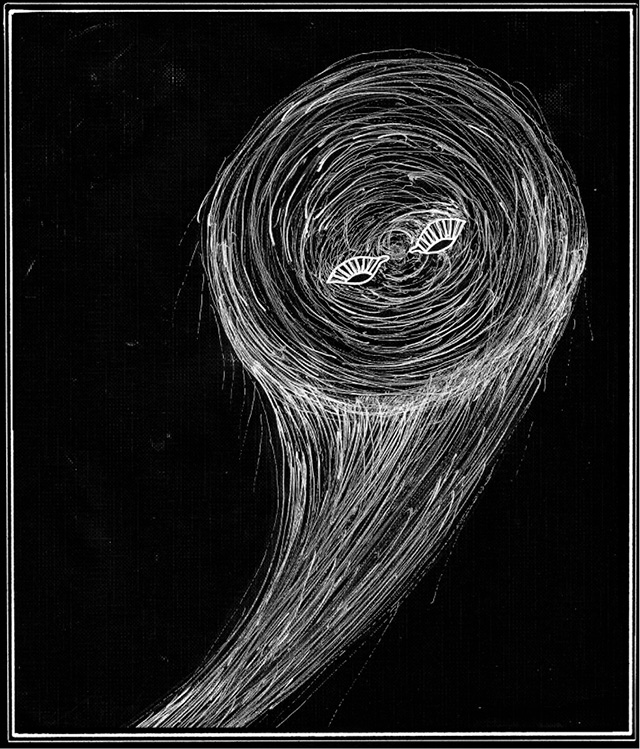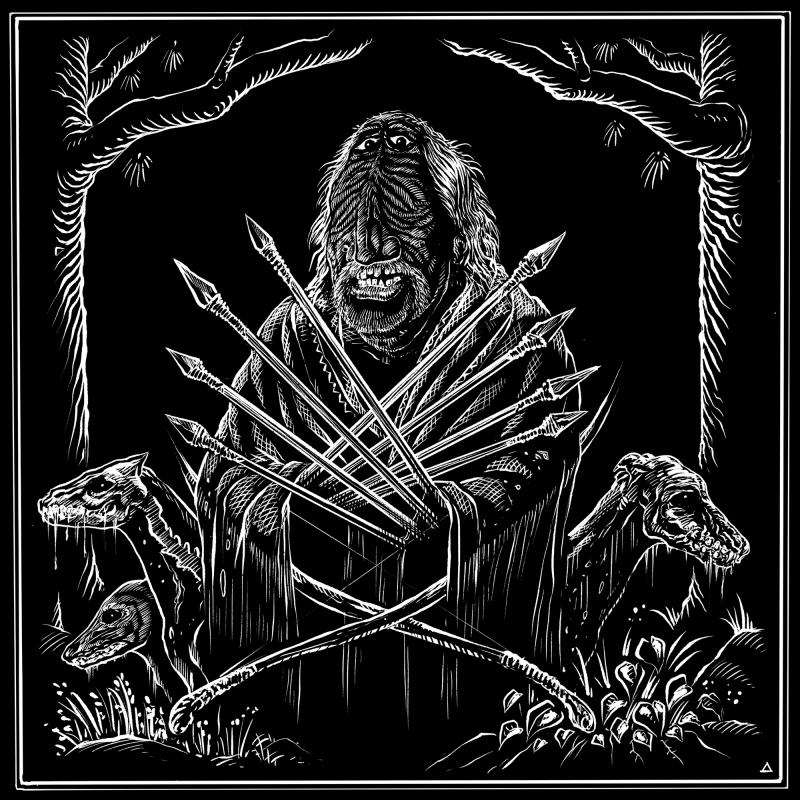Сегодня у огров на первое — суп, на второе — жаркое. Странник, третьим будешь?
Bestiary.us
энциклопедия вымышленных существБыстрый переход
- Мир Гарри Поттера Вымышленный мир, в котором происходит действие серии романов о юном волшебнике Гарри Поттере. Действие происходит в нашем мире, в Англии, в 1990-х годах. В отличие от реального мира, среди обычных людей (маглов) живут волшебники (маги), обладающие способностью к использованию магии.
- Городские легенды Cовременная разновидность мифов, как правило, короткие, и, на первый взгляд, правдоподобные (хотя обычно не соответствующие действительности) истории, опирающиеся на современную техническую и общественную реальность, обычно затрагивающие глубинные проблемы и страхи современного общества.
- Игра престолов Сага о мире Семи Королевств. О мире суровых земель вечного холода и радостных земель вечного лета. Мире лордов и героев, воинов и магов, чернокнижников и убийц — всех, кого свела воедино Судьба во исполнение древнего пророчества. О мире опасных приключений, великих деяний и тончайших политических интриг.

